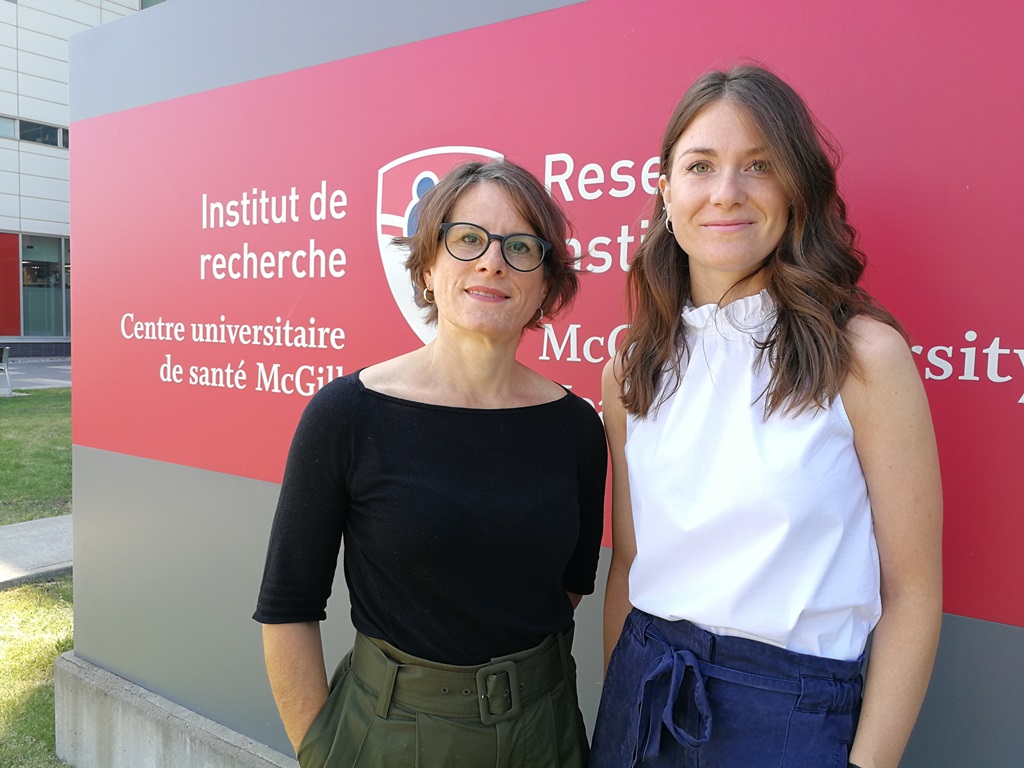Strong criteria for diagnosing sarcopenia
Montreal - Scientists at the Research Institute of the McGill University Health Centre (RI-MUHC) have identified new criteria for the diagnosis of sarcopenia, a disease that causes loss of muscle mass and strength in the elderly. Replacing criteria established arbitrarily some twenty years ago, the thresholds proposed by the researchers could lead to better support for people affected by the disease and to the implementation of prevention strategies to delay its effects. The results of their study were published in July 2019 in the Journal of Cachexia, Sarcopenia and Muscle.
“Over the past two decades, the research methods and characteristics of the population have changed, so an update of the diagnostic criteria for sarcopenia was required”, explains one of the study's co-authors,” Dr. Stéphanie Chevalier, a nutritionist and scientist with the Metabolic Disorders and Complications Program at the RI-MUHC. “The new criteria will provide health professionals with a standard from which to diagnose, so they will all speak the same language.”

Declared a disease in 2016 following a revision of the international code of diseases, sarcopenia is often accompanied by a loss of muscular strength (dynapenia), which consequently leads to reduced physical performance on a daily basis.
“It is important for doctors and specialists to identify the presence of sarcopenia and dynapenia in their patients, as these two conditions can cause different problems when they are hospitalized or when they are fighting an infection,” says Dr. Chevalier, who is also an associate professor at McGill University's School of Human Nutrition. “For example, complications more frequently occur when an elderly sarcopenic patient finds himself or herself in a post-operative situation.”
New criteria for the diagnosis of sarcopenia and dynapenia
To identify these new criteria, the team of researchers worked with data collected from 9000 adults aged from 65 to 86 years old who were part of the Canadian Longitudinal Study on Aging. These were recruited from 2011 to 2015, from eleven cities in Canada. Various tests and measurements were performed to assess the participants’ muscle mass and strength, as well as their physical function, including tests of walking speed, balance, ability to get up from a chair and various simple maneuvers.
Preventing muscle loss in the elderly
From the age of 50, a loss of muscle mass from 0.5 to 1 percent per year can be observed in the adult population, gradually leading to a decline in mobility, autonomy and ultimately quality of life in general. That said, the new criteria will not only diagnose the presence of the disease but may also help to prevent it. Clinicians will be able to propose prevention strategies to patients who, among other things, are close to established thresholds. Physical exercise and a protein-rich diet are essential elements to improve muscle condition and grow old with strength.
“The loss of muscle mass cannot be avoided from a certain age; even the greatest athletes are victims of this condition related to aging,” says Dr. Chevalier. “However, healthy lifestyle could definitely contribute to delaying the effects of the disease. We are working to determine the best preventive approaches.”
About the study
Physical Function-Derived Cut-Points for the Diagnosis of Sarcopenia and Dynapenia from the Canadian longitudinal study on aging was conducted by Anne-Julie Tessier and Stéphanie Chevalier, from the School of Human Nutrition at McGill University and the RI-MUHC, as well as Simon S. Wing, Elham Rahme and José A. Morais, from the RI-MUHC. DOI: 10.1002/jcsm.1246
This work was made possible through funding from the Canadian Institutes of Health Research (CIHR).
Media contact:
Fabienne Landry
McGill University Health Centre
514 812-7722
[email protected]
